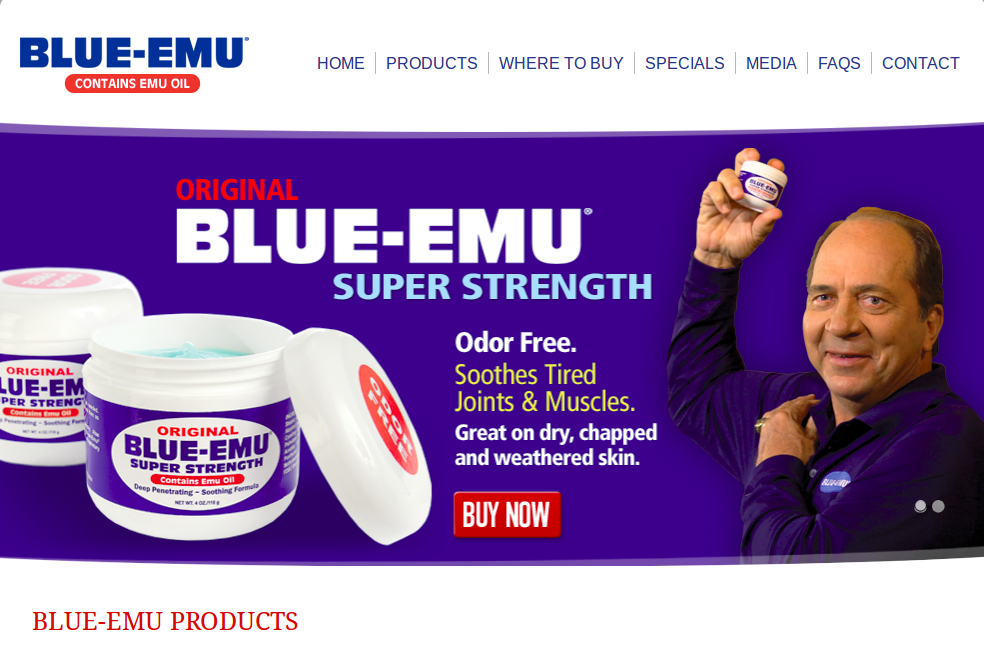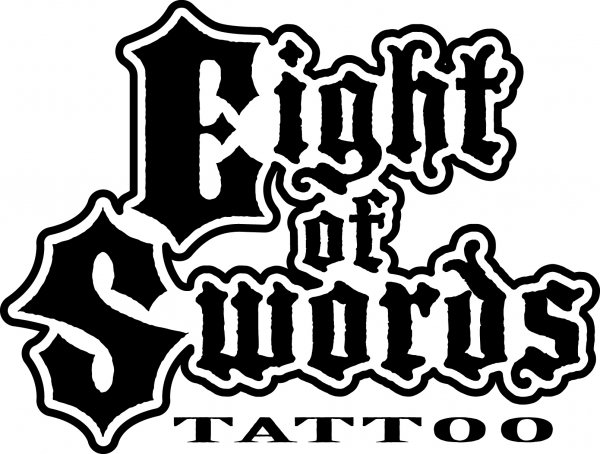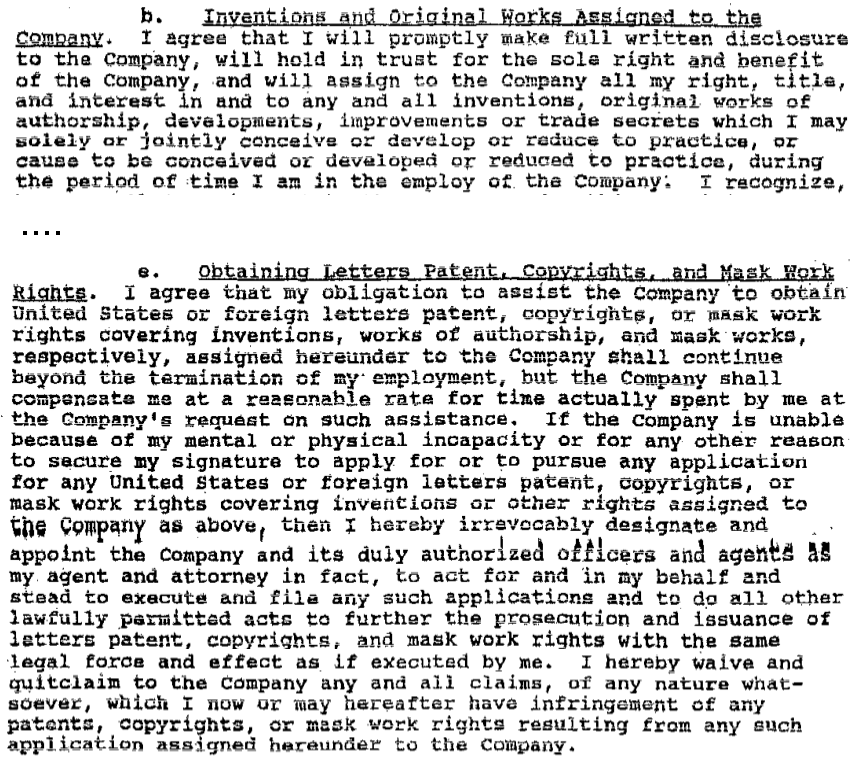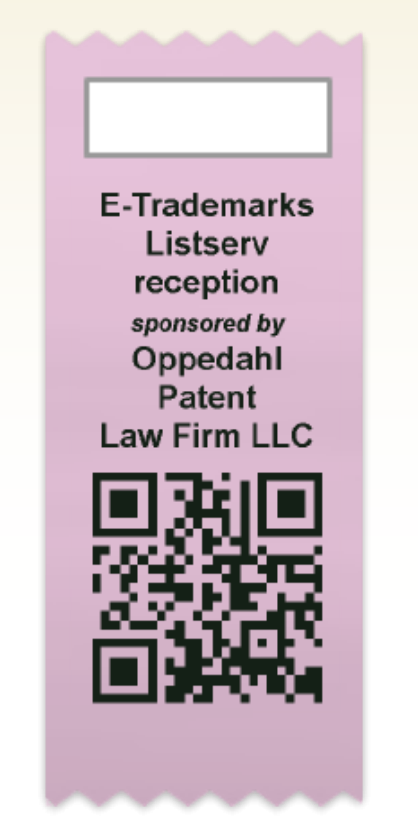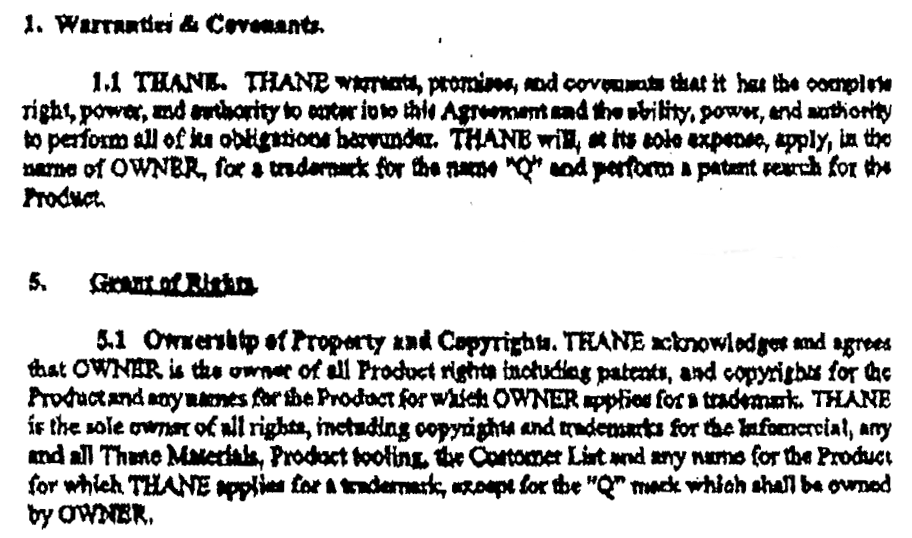I have long complained about a defense that comes up in copyright cases, originating with the Second Circuit’s Eden Toys, Inc. v. Florelee Undergarment Co. Eden Toys involved a challenge to standing based on the timing of of an exclusive license. The case has heavily-quoted language about the challenge:
In this case, in which the copyright holder appears to have no dispute with its licensee on this matter, it would be anomalous to permit a third party infringer to invoke this provision against the licensee.
Eden Toys, and Billy-Bob Teeth, Inc. v. Novelty, Inc., a 7th Circuit decision that reached the same conclusion, were cases involving written transfer of ownership. I object to this line of cases based on the general concept that the plaintiff has the burden of proof on ownership of copyright, so it is fair game for a defendant to put the plaintiff to its proof.
Which brings us to the Second Circuit opinion in Urbont v. Sony Music Entertainment, (district court opinion blogged here) wherein plaintiff Urbont hoped to have the same rule apply in a work made for hire situation. Urbont created the work, the Iron Man music theme, to be used by Marvel Comics:
also later used by Marvel Comics in its 2008 film:
Urbont had a history of pursuing infringement claims and licensing the work, including a settlement with Marvel where Marvel conceded Urbont’s ownership. Urbont argued that Sony Music, as a third party any the ownership dispute, did not have “standing” to challenge whether the song was a work made for hire.
But the Court of Appeals for the Second Circuit disagreed:
This Court has not explicitly decided whether a third party to an alleged employer-employee relationship has standing to raise a “work for hire” defense to copyright infringement. See Psihoyos v. Pearson Educ., Inc., 855 F. Supp. 2d 103, 117 n.7 (S.D.N.Y. 2012) (“Courts have not dealt with this issue extensively, but the few decisions to address the issue at all have generally found that a defendant does have standing to challenge ownership on this basis.”). We have, however, implicitly permitted the use of the “work for hire” doctrine defensively by third-party infringers to refute a plaintiff’s alleged ownership of a copyright. See Aldon Accessories Ltd. v. Spiegel, Inc., 738 F.2d 548, 551-53 (2d Cir. 1984), abrogated on other grounds by Cmty. for Creative Non-Violence v. Reid, 490 U.S. 730 (1989)3; see also Easter Seal Soc. for Crippled Children & Adults of La., Inc. v. Playboy Enters., 815 F.2d 323, 333 (5th Cir. 1987) (explaining that “[t]he ‘work for hire’ issue in Aldon Accessories arose as a defensive tactic adopted by a third-party infringer to dispute the validity of the plaintiff’s copyright”). The Eleventh Circuit has explicitly held that a third-party infringer “does have the right to assert a [work-for-hire] defense.” M.G.B. Homes, Inc. v. Ameron Homes, Inc., 903 F.2d 1486, 1490 (11th Cir. 1990).
The Ninth Circuit, on the other hand, has rejected third-party standing under the “work for hire” doctrine, at least where both potential owners of the copyright are parties to the lawsuit and the issue of ownership is undisputed as between them. Jules Jordan Video, Inc. v. 144942 Canada Inc., 617 F.3d 1146, 1157 (9th Cir. 2010). In Jules, the panel reasoned, inter alia, that the purpose of the “work for hire” doctrine is “to establish ownership of a work as between a commissioning party or employer on the one hand and the commissioned party or employee on the other.” 617 F.3d at 1157. Thus, “[i]t would be unusual and unwarranted to permit third parties . . . to invoke [the ‘work for hire’ doctrine] to avoid a suit for infringement when there is no dispute between the two potential owners, and both are plaintiffs to the lawsuit.” Id. The panel noted that third-party infringers are not permitted to avoid suit for copyright infringement by invoking 17 U.S.C. § 204(a), a statute of frauds provision requiring contemporaneous memorialization of a copyright transfer, and it considered the reasoning behind that doctrine to be equally applicable in the “work for hire” context. Id. (citing Imperial Residential Design, Inc. v. Palms Dev. Grp., Inc., 70 F.3d 96, 99 (11th Cir. 1995)).
Urbont argued for the 9th Circuit approach. However, in addition to distinguishing the cases on their facts, the court distinguished the assignment situation from the work made for hire situation:
Section 204(a), a statute of frauds provision for copyright transfers, was designed to “protect copyright holders from persons mistakenly or fraudulently claiming oral licenses.” Eden Toys, 697 F.2d at 36 …. Section 204 thus furthers the ordinary purpose of the statute of frauds: “[j]ust as requiring a written contract prevents enforcement of a nonexistent obligation through the exclusion of fraudulent, perjured, or misremembered evidence, requiring a writing for enforcement of a copyright assignment enhances predictability and certainty of ownership by preventing litigants from enforcing fictitious agreements through perjury or the testimony of someone with a faulty memory.”
Unlike Section 204, which concerns the memorialization of an ownership transfer, the “work for hire” doctrine guides the determination of ownership rights as between employers and employees or independent contractors. A plaintiff in a copyright infringement suit bears the burden of proving ownership of the copyright, however, whether such ownership is challenged by an ostensible employer or by a third party. Indeed, even courts that have precluded third parties from challenging a plaintiff’s ownership rights under the statute of frauds provision in Section 204 have permitted those parties to challenge the validity of the underlying ownership transfer.1 We thus conclude that third parties to an alleged employer-employee relationship have standing to raise a “work for hire” defense against a claim of copyright infringement.
(Most internal citations omitted.) Ok, so I’m happy that the court allows Sony to force Urbont to prove his ownership, but it is based on a false distinction. Let’s review the text of Section 204(a):
A transfer of copyright ownership, other than by operation of law, is not valid unless an instrument of conveyance, or a note or memorandum of the transfer, is in writing and signed by the owner of the rights conveyed or such owner’s duly authorized agent.
This section doesn’t have any language to suggest it has applicability beyond its intended statute of frauds effect in an inter partes dispute, or that it bars a third party from arguing that the facts relating to a supposed transfer matter. I prefer my operative language in statutes to be a bit clearer than that. Like “a person who is not a party to a instrument of conveyance may not challenge its validity.” Or something like that. But neither section, 204 nor work made for hire under 101, have anything to say about the situation.
In Eden Toys, a decision interpreting the fairly new Copyright Act of 1976, the argument was that there had been a valid oral transfer of an exclusive license, something that was permitted under the Act of 1909 but that the new § 204(a) did not allow. The court remanded for the district court to decide whether a later agreement was a post hoc writing ratifying the oral transfer, stating for the first time in the Second Circuit (at least that circuit, maybe everywhere, but I didn’t work that hard to research it and if you have a beef with my conclusion put it in the comments) that the writing could come after the transfer. The Eden Toys court then mused, in the most irrelevant of dicta, “In this case, in which the copyright holder appears to have no dispute with its licensee on this matter, it would be anomalous to permit a third party infringer to invoke this provision against the licensee.” I read it as “well, of course this section allows the writing to come after the agreement, don’t waste my time,” or at least “don’t bother me with this ridiculous collateral attack that is sure to fail,” but which instead has turned into a defense of breathtaking scope.
Oh, and Urbont won reversal of the district court’s summary judgment against him that the song was a work made for hire; remanded.
Urbont v. Sony Music Entertainment, No. 15-1778-cv (2d Cir. July 29, 2016).

This work is licensed under a Creative Commons Attribution-NoDerivatives 4.0 International License.
- I think Ron Coleman might understands this distinction. I do not. ↩

